Preventive Healthcare
Fungal Skin Infections: Causes, Symptoms, Treatment, and Prevention Tips
480 Views
0
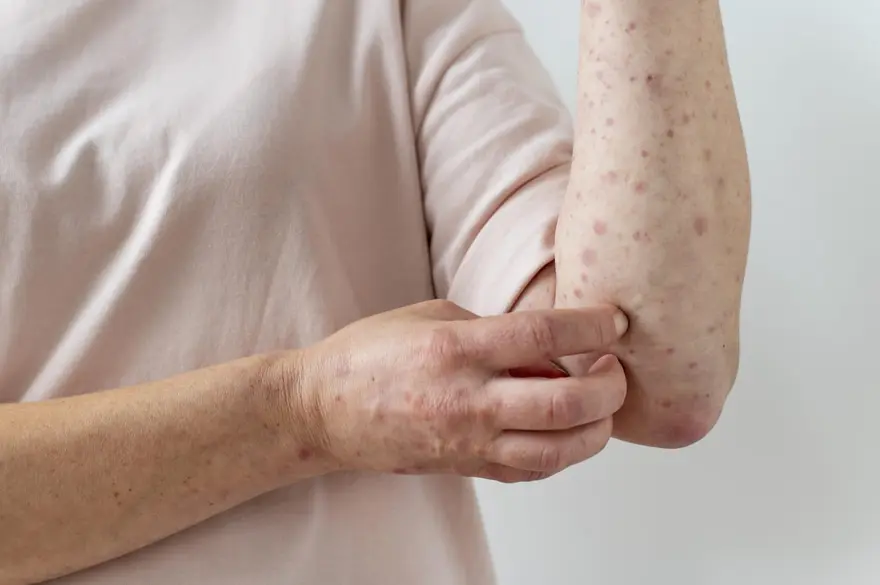
Introduction
Fungal skin infections are a common problem affecting millions of people worldwide. These infections occur when fungi multiply on the skin, leading to various symptoms such as rashes, itching, and discolouration. While most fungal infections are not serious, they can cause discomfort and embarrassment. Understanding the causes, symptoms, and prevention methods is crucial for managing and treating these infections effectively. In this article, we will explore the different types of fungal infections, their causes, symptoms, diagnosis, treatment options, and prevention tips.
What are fungal infections?
A fungal infection, also known as mycosis, is a skin disease caused by fungi. These infections result from the overgrowth of fungi on the skin, leading to various symptoms such as rashes, itching, and redness. Fungal infections are distinct from bacterial infections and require antifungal treatments rather than antibiotics. While most fungal skin infections are superficial, affecting only the outer layers of the skin, some can penetrate deeper and cause more serious complications.
What are fungi?
Fungi are a diverse group of microorganisms that include yeasts, moulds, and mushrooms. There are millions of species of fungi, many of which are harmless and even beneficial. However, some species can cause infections when they come into contact with human skin, particularly in warm and moist environments. Fungi thrive on dead tissue such as hair, toenails, and outer skin layers. They can also spread from person to person or from animals to humans.
What does a fungal infection look like?
A fungal skin infection often appears as a bright red rash that can spread across a large area. The rash may be itchy, scaly, and can have blisters. It commonly occurs in areas with skin folds, such as the groin, buttocks, or thighs. The infection can also affect the nails, causing discolouration and thickening. In some cases, the skin may crack and peel, especially between the toes.
Who is most at risk for fungal infections?
Anyone can develop a fungal skin infection, but certain individuals are at higher risk. These include:
- People who wear tight shoes and don't change sweaty socks regularly
- Those who use public baths and pools
- Individuals with compromised immune systems
- People with diabetes or obesity
- Those taking immunosuppressive medications
Is a fungal infection serious?
Most fungal skin infections are not serious but can be irritating and uncomfortable. However, if left untreated or in severe cases, they can lead to more serious complications, especially in individuals with weakened immune systems. In rare cases, fungal infections can spread to the bloodstream or internal organs, causing life-threatening conditions such as sepsis or meningitis.
What are the types of fungal infections?
Fungal infections are common and can affect various parts of the body, ranging from mild to severe. These infections are caused by fungi that thrive in warm, damp environments and can lead to skin, nail, or respiratory problems. Common types include:
Superficial Fungal Infections
Superficial fungal infections affect the outer layers of the skin and nails. Common types include:
- Athlete's Foot (Tinea Pedis): Affects the feet, often causing itching, redness, and scaling between the toes.
- Jock Itch (Tinea Cruris): Affects the groin area, causing redness, itching, and sometimes blistering.
- Ringworm (Tinea Corporis): Can occur anywhere on the body, presenting as circular, itchy patches.
- Yeast Infections (Candidiasis): Often found in moist areas like the mouth, vagina, or skin folds.
These infections are usually not serious and can be treated with over-the-counter antifungal creams or oral medications.
Subcutaneous Fungal Infections
Subcutaneous fungal infections involve the deeper layers of the skin and underlying tissues. These are less common and can be more serious. Examples include:
- Sporotrichosis: Caused by the fungus Sporothrix schenckii, typically entering the body through cuts or scrapes.
- Chromoblastomycosis: A chronic infection that affects the skin and subcutaneous tissue, usually found in tropical regions.
These infections may require oral antifungal medications and, in severe cases, surgical intervention.
Deep Fungal Infections
Deep fungal infections are severe and can affect internal organs. These are rare but can be life-threatening, especially in individuals with compromised immune systems. Examples include:
- Histoplasmosis: Caused by inhaling the spores of Histoplasma capsulatum, which can affect the lungs.
- Aspergillosis: Caused by Aspergillus species, which can affect the lungs and other organs.
Deep fungal infections require prompt medical attention and aggressive treatment with intravenous antifungal medications.
What are the symptoms of fungal infections?
When fungal infections are left untreated, they may worsen, affecting daily life and overall health. Here are the symptoms:
Symptoms of Superficial or Subcutaneous Infections
Common fungal infections Symptoms of superficial or subcutaneous infections include:
- Irritation
- Scaly skin
- Readiness
- Itching
- Swelling
- Blisters
These symptoms can vary depending on the type of infection and the area affected. For example, athlete's foot may cause cracking and peeling of the skin between the toes, while jock itch may cause a red, itchy rash in the groin area.
Symptoms of Fungal Infections in Your Lungs
Symptoms of deep fungal infections affecting the lungs can include:
- Coughing
- Chest pain
- Fever
- Fatigue
- Shortness of breath
These symptoms can mimic those of other respiratory illnesses, making diagnosis challenging.
Other Symptoms of Fungal Infections
In addition to the symptoms mentioned above, other signs of fungal infections may include:
- Nail discolouration and thickening
- Hair loss in affected areas
- Skin discolouration (darker or lighter patches)
- Painful, red, or warm skin
- Oozing or crusting of the skin
If you experience any of these symptoms, especially if they persist or worsen, it's essential to consult a healthcare provider for proper diagnosis and treatment.
What causes fungal infections?
Fungal infection causes include a combination of factors such as:
- Warm, moist environments that promote fungal growth
- Tight clothing or shoes that trap moisture
- Sharing personal items like towels or combs
- Weakened immune system due to medications or underlying health conditions
- Poor hygiene practices
- Contact with infected animals or soil
Understanding these causes can help you take steps to prevent fungal infections.
How do fungal infections spread?
Fungal infections can spread through direct contact with an infected person, animal, or surface. They can also spread through the air, as in the case of respiratory fungal infections. Sharing personal items, such as towels, combs, or shoes, can also transmit fungal infections. In some cases, fungi can enter the body through cuts, scrapes, or other skin injuries.
Are fungal infections contagious?
Many fungal skin infections are contagious and can spread from person to person through direct contact or by sharing contaminated items. However, the risk of transmission varies depending on the type of fungal infection. For example, athlete's foot is highly contagious and can easily spread in public showers or pools, while sporotrichosis is less likely to spread from person to person.
How is a fungal infection diagnosed?
Fungal infection diagnosis typically involves a physical examination of the affected area and a review of your medical history. Your doctor may also take a skin scraping or a sample of nail clippings for laboratory analysis. In some cases, a skin biopsy may be necessary to confirm the diagnosis. For deep fungal infections, blood tests, imaging studies, or other diagnostic procedures may be required.
How do you cure fungal infections?
Treatment for fungal infections depends on the type and severity of the infection. Most superficial fungal skin infections can be treated with over-the-counter or prescription antifungal creams, lotions, or sprays applied directly to the skin. More severe or persistent infections may require oral antifungal medications.
What medications are used to treat them?
Common antifungal medications used to treat fungal infections include:
- Clotrimazole
- Miconazole
- Terbinafine
- Fluconazole
- Itraconazole
Your doctor will determine the most appropriate fungal infection medicine based on the type and severity of your infection.
How can we reduce our risk of a fungal infection?
To reduce your risk of developing a fungal skin infection, follow these prevention tips:
- Keep your skin clean and dry, particularly in areas prone to fungal growth, such as skin folds and feet.
- Wear loose, breathable clothing to allow air circulation and prevent moisture buildup.
- Change out of wet clothes, especially swimsuits and workout gear, as soon as possible.
- Wear flip-flops or sandals in public showers, locker rooms, and pools.
- Don't share personal items like towels, combs, or razors.
- Wash your hands frequently, especially after touching animals or soil.
- Manage underlying health conditions that may increase your risk of fungal infections, such as diabetes.
By following these simple steps, you can significantly lower your chances of developing a fungal skin infection.
What can we expect if we have a fungal disease?
If you have a fungal skin infection, you can expect symptoms to improve with proper treatment. However, the duration of treatment may vary depending on the type and severity of the infection. Superficial infections may clear up within a few weeks, while deeper or more persistent infections may require longer treatment. It's essential to complete the full course of treatment as prescribed by your doctor, even if symptoms improve, to prevent the infection from recurring.
When to see a doctor?
You should consult a doctor if:
- Your symptoms are severe or widespread.
- The infection does not improve with over-the-counter treatments.
- You have a weakened immune system.
- The infection recurs frequently.
Prompt medical attention can help prevent complications and ensure proper treatment.
Conclusion
Fungal skin infections are common and can cause discomfort and embarrassment. By understanding the causes, symptoms, and prevention methods, you can take steps to protect yourself and your loved ones from these infections. If you suspect you have a fungal infection, don't hesitate to seek medical advice. With proper diagnosis and treatment, most fungal skin infections can be effectively managed.
At Metropolis Healthcare, we understand the importance of accurate diagnosis in treating fungal infections. Our team of experienced phlebotomists can collect your blood samples from the comfort of your home, ensuring a convenient and hassle-free experience. With our state-of-the-art diagnostic labs and commitment to delivering reliable results, you can trust Metropolis Healthcare to provide the insights you need to take control of your health.
Remember, prioritising your health is the first step towards a happier, more fulfilling life. By staying informed, practicing good hygiene, and seeking prompt medical care when needed, you can keep fungal skin infections at bay and enjoy healthy, radiant skin.



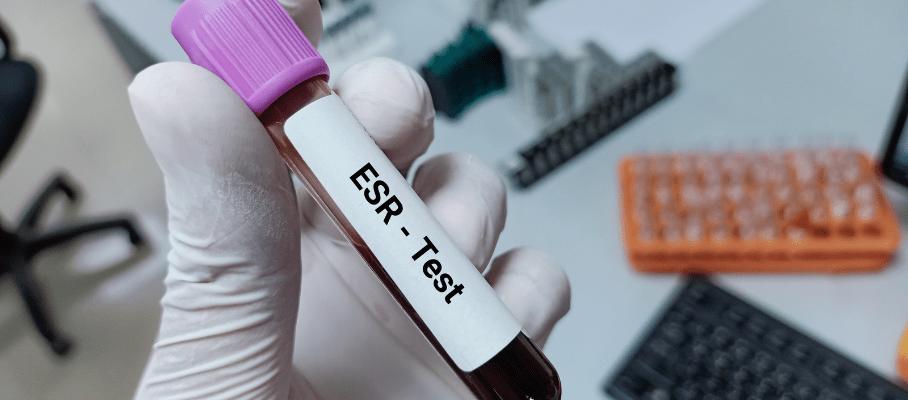

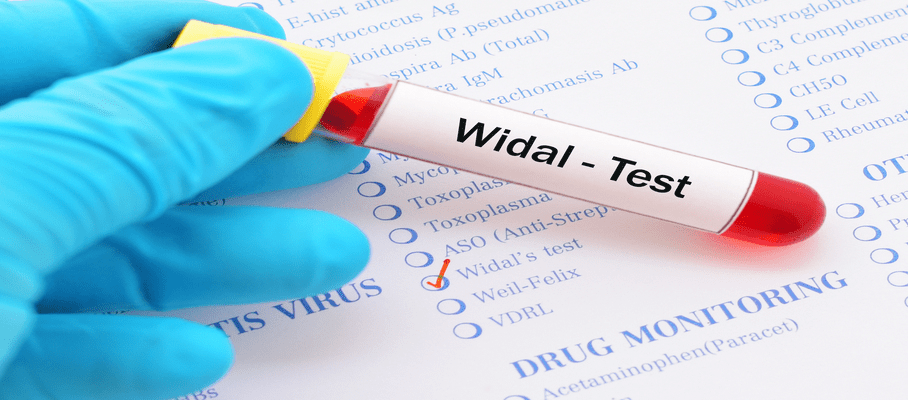


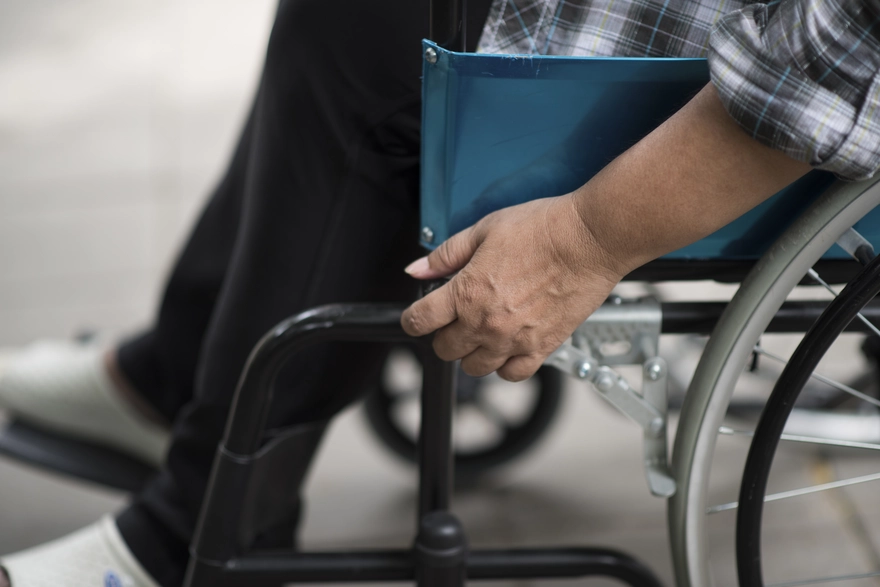


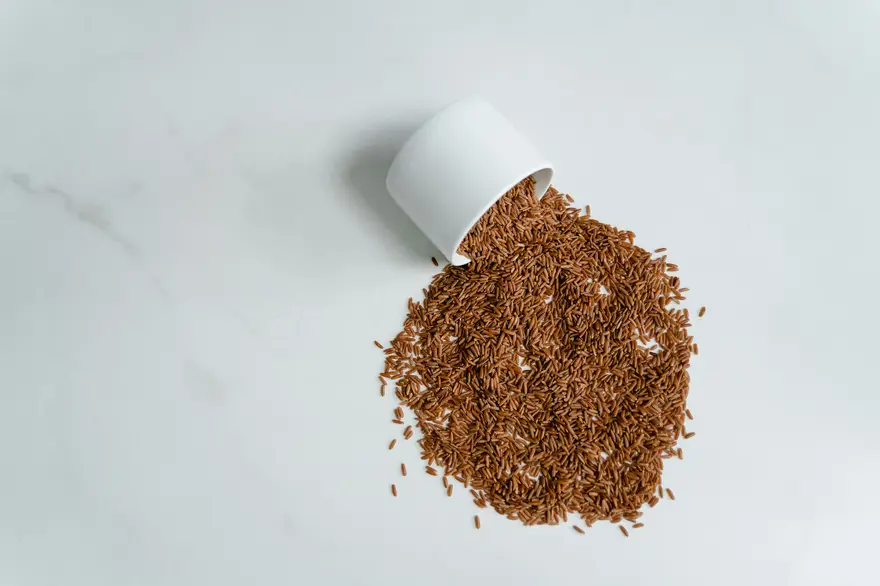
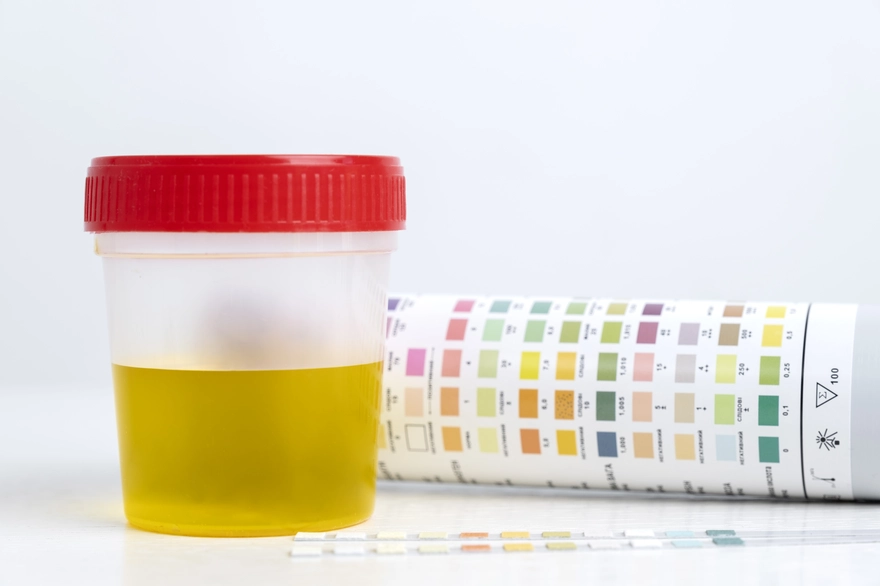










 WhatsApp
WhatsApp